How fast is an electric bike?
Legislation worldwide means e-bikes don’t travel at the speeds they’re capable of
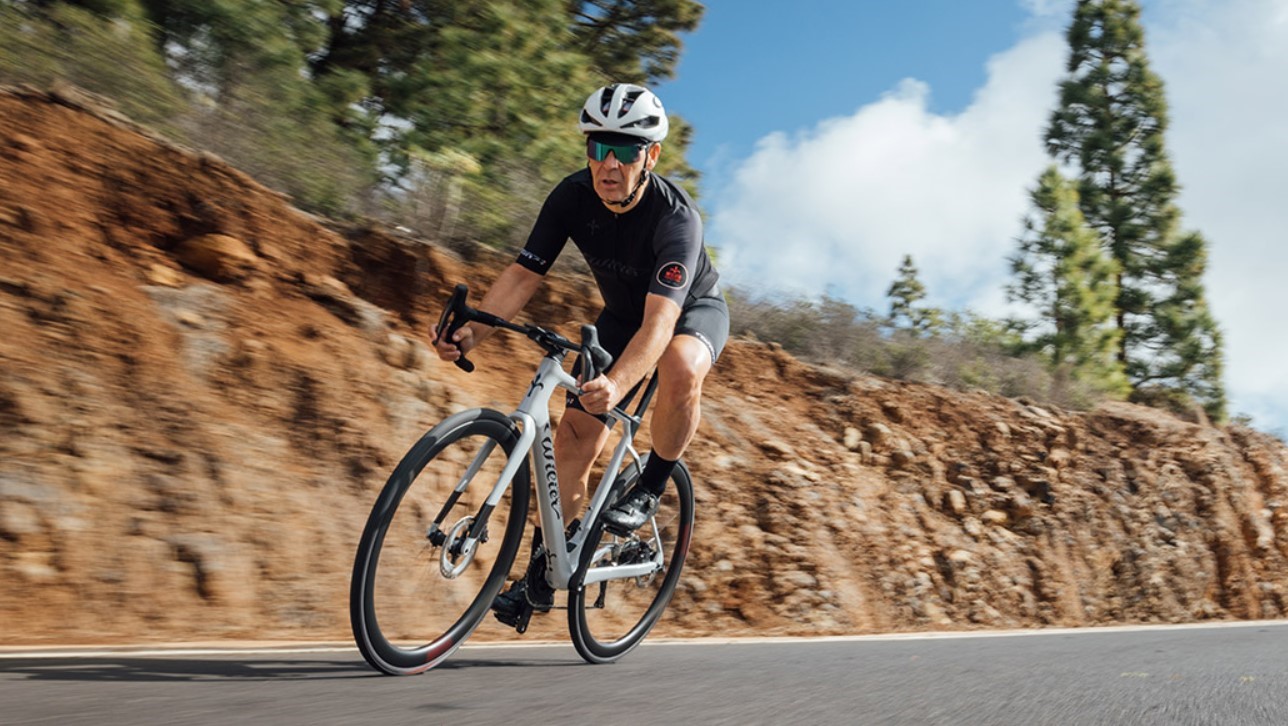
A well-engineered electric bike has the potential to power you up to high speeds. But how fast it can actually travel isn’t usually determined by its physical capabilities.
The real question isn’t “how fast can an electric bike go”, but “how fast is it allowed to go”. Whereas it’s engineering that determines the former, it’s legal constraints that determine the latter and they vary globally.
In fact, in much of the world, the legal framework that determines to what speed the motor in an electric bike is allowed to provide support is similar. It’s only in the USA that things get more complicated - and faster.
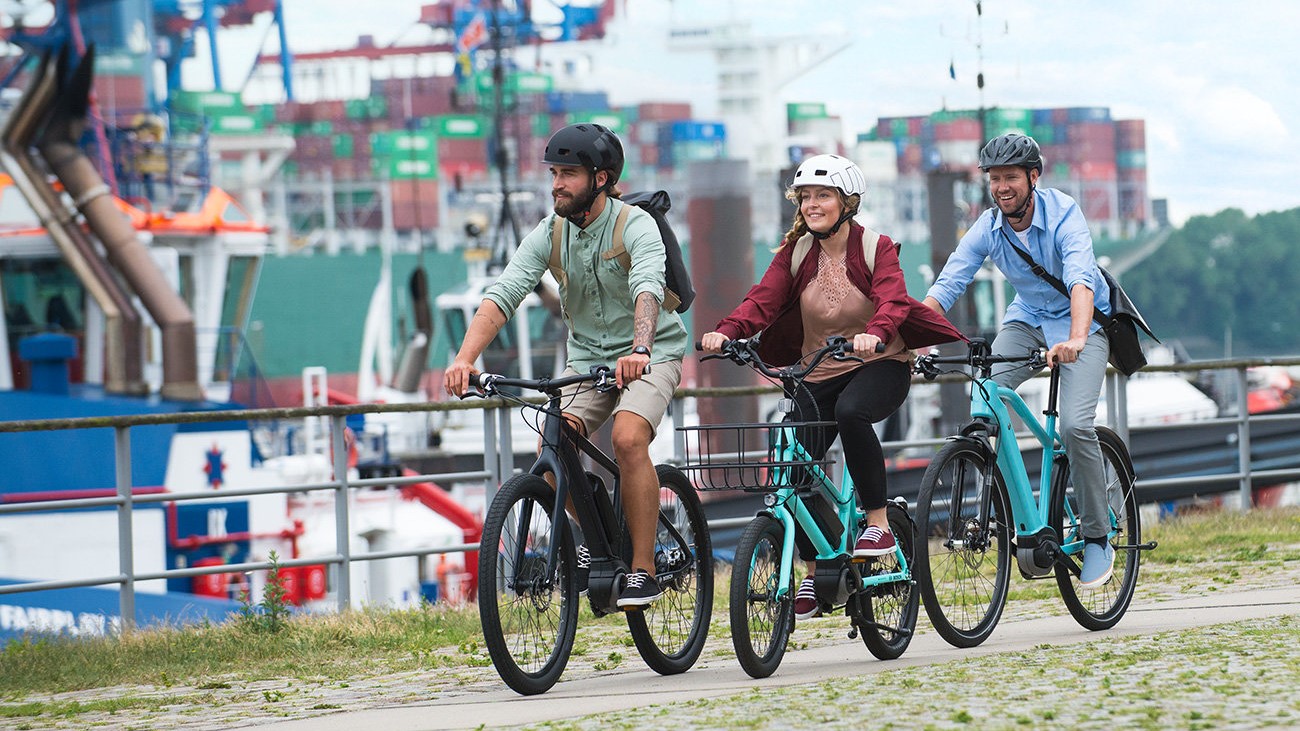
Given that the law treats electric bikes in the same way as pedal-only bikes and they’re allowed to share cycling infrastructure, it makes sense that they are limited to similar speeds to normal bikes - you wouldn’t want someone riding along a cycle path at 40mph.
In the UK and Europe all electric bikes are pedelecs, meaning that you need to pedal them to activate the motor. To be legally operated, the motor’s output needs to be limited to 250 watts and the motor must cut out when the e-bike’s speed reaches 25km/h (15.5mph). Australian regulations are similar, but they add throttle-controlled bikes as a second e-bike category.
There’s nothing to stop you riding faster, it’s just that the motor won’t help. A fitter rider on one of the racier e-road bikes is likely to be travelling faster than this, at least on the flat, and it’s very easy to exceed this speed when travelling downhill.
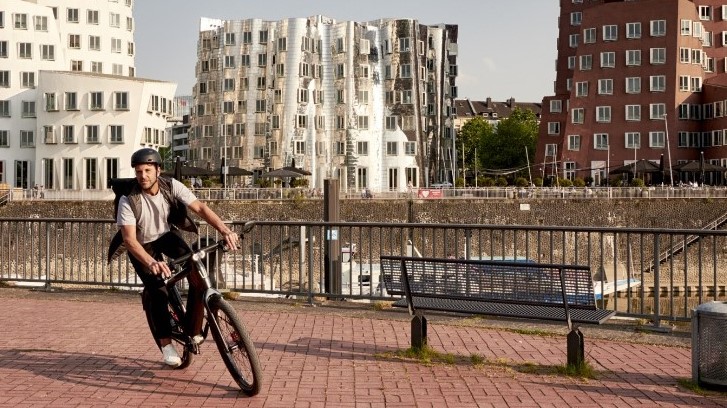
You can buy e-bikes that have higher power output than this and can reach higher speeds. Called speed pedelecs, e-bikes from Switzerland’s Stromer are a good example. Stromer’s e-bikes’ motors have up to 970 watts power output and can reach speeds limited at 45km/h. But legally these are treated as mopeds in Europe and the UK. That means that the e-bike must have a registration plate, be taxed and insured and you must wear a more robust helmet than a standard electric bike helmet to ride it on the road.
The latest race content, interviews, features, reviews and expert buying guides, direct to your inbox!
US e-bike classes
In the US, e-bikes are treated rather differently, as explained in our full guide to e-bike classes. Briefly, Class 1 e-bikes are similar to the pedelec e-bikes you find in the rest of the world, except that they’re limited to 20mph maximum speed rather than 15.5mph. You have to pedal them for the motor to operate.
Class 2 e-bikes are also limited to 20mph maximum speed but have a throttle, so the motor can provide power without you needing to pedal.
Class 3 e-bikes are limited at 28mph maximum speed (that’s 45km/h, the same as speed pedelecs in Europe). They need to have a speedometer and may have a throttle, although that can only work up to 20mph (effectively making them compliant with Class 2 regs). You need to pedal to get assistance over 20mph.
It gets more complex, as these classes are mandated by federal law, but may be superseded by state law. What is legal to operate and where you can ride an e-bike varies by state.
Chipping an e-bike
With the e-bike’s software limiting its maximum assistance speed, it’s relatively easy to remove the block on travelling faster with motor assistance. Called chipping, we’ve more on its ramifications in our piece on can I chip my e-bike.
This may just be a question of altering the software to remove the speed limit. But note that it will move your e-bike from the pedelec to the speed pedelec class in Europe and the UK and change its class to Class 3 in the US.
That means that different regulations apply, so you’ll be into registration and mandatory insurance territory. In some places like France, chipping an e-bike is illegal and could land you in jail.
Don't forget either that there may be safety issues, as an e-bike will not have been engineered for these higher speeds. The brakes might not be able to stop you effectively, for example.
Power and torque
Most pedelec e-bikes are limited to 250 watts of continuous power output. That’s a measure of the work done to propel you along. Peak power may be considerably more than this, sometimes up to 500 watts, but this is only delivered for short periods, such as when starting up. There may be a boost button on the handlebars to unleash the extra power.
Although power output is fairly consistent between e-bike motors, the amount of peak torque that the motor can provide varies considerably between models.
Torque measures the amount of turning power the motor delivers, so it’s important when accelerating, as it determines how fast you can pick up speed. It’s also significant when climbing hills, as it determines how steep a gradient you can climb.
So higher torque motors are usually found in cargo bikes, where there’s a large load to accelerate, and in mountain bikes where there are often steep gradients to climb. A typical high torque motor like the Bosch Performance Line CX and Shimano EP8 will have torque figures in the range of 70 to 90Nm.
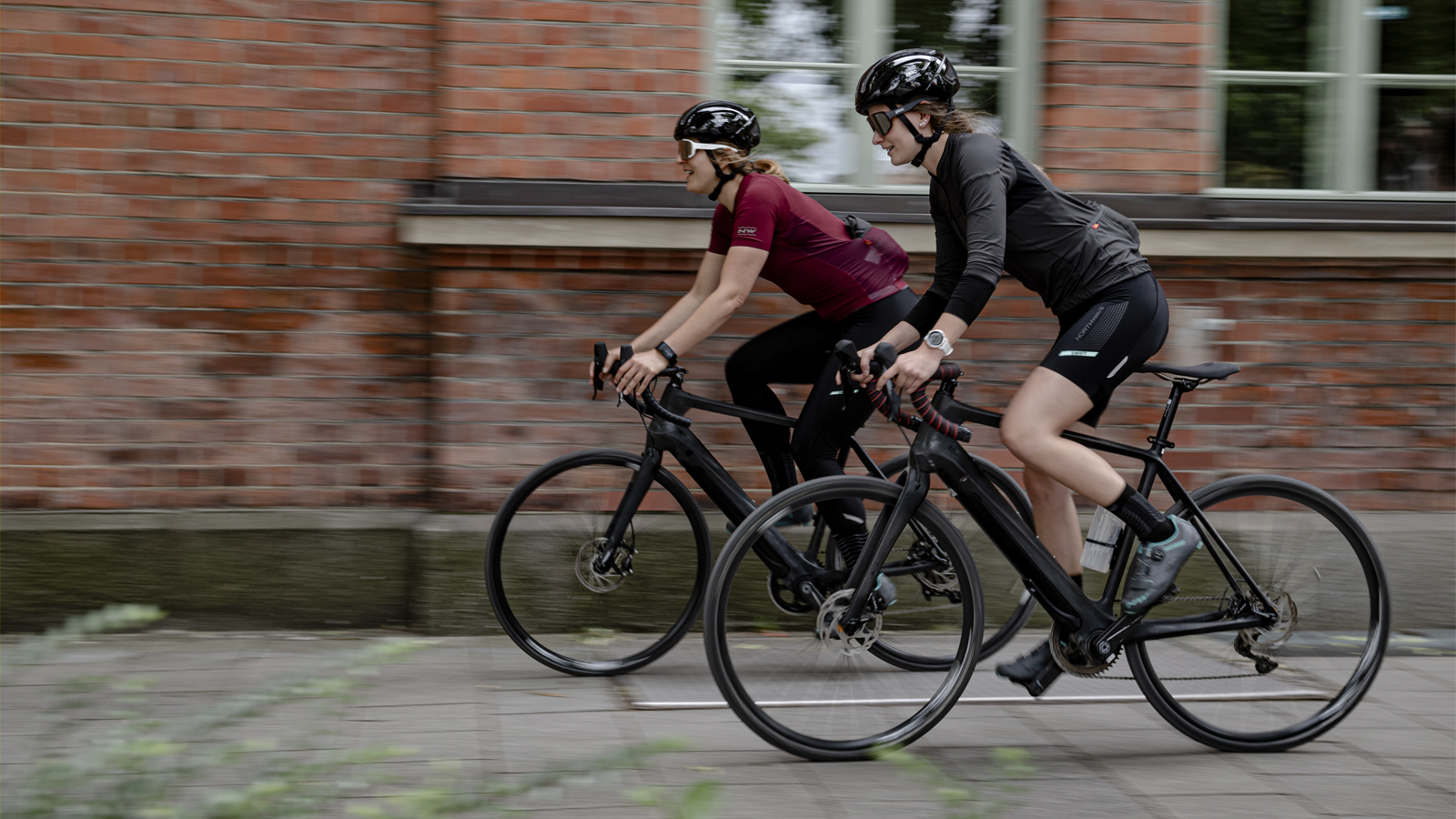
In contrast, many city hybrid e-bikes have torque outputs of between 40 and 60Nm. The best road e-bikes often use the Fazua system with 50 or 60Nm of torque or the Mahle Ebikemotion rear hub motor with 40 or 55Nm torque, depending on model.
Battery output and range
E-bike battery capacity is measured in watt-hours, in other words, how many hours the battery can put out a specified number of watts. So since all e-bikes are limited to 250 watts continuous output, you’d think that a 250Wh battery should provide power for one hour, regardless of the motor’s torque output number.
In practice, a higher torque motor requires a higher capacity battery to get the same range as a lower torque motor. That’s because the high torque motor is giving you more assistance and so doing extra work and draining the battery quicker. It will also normally provide higher levels of assistance over a greater proportion of your ride, which again means more work done.
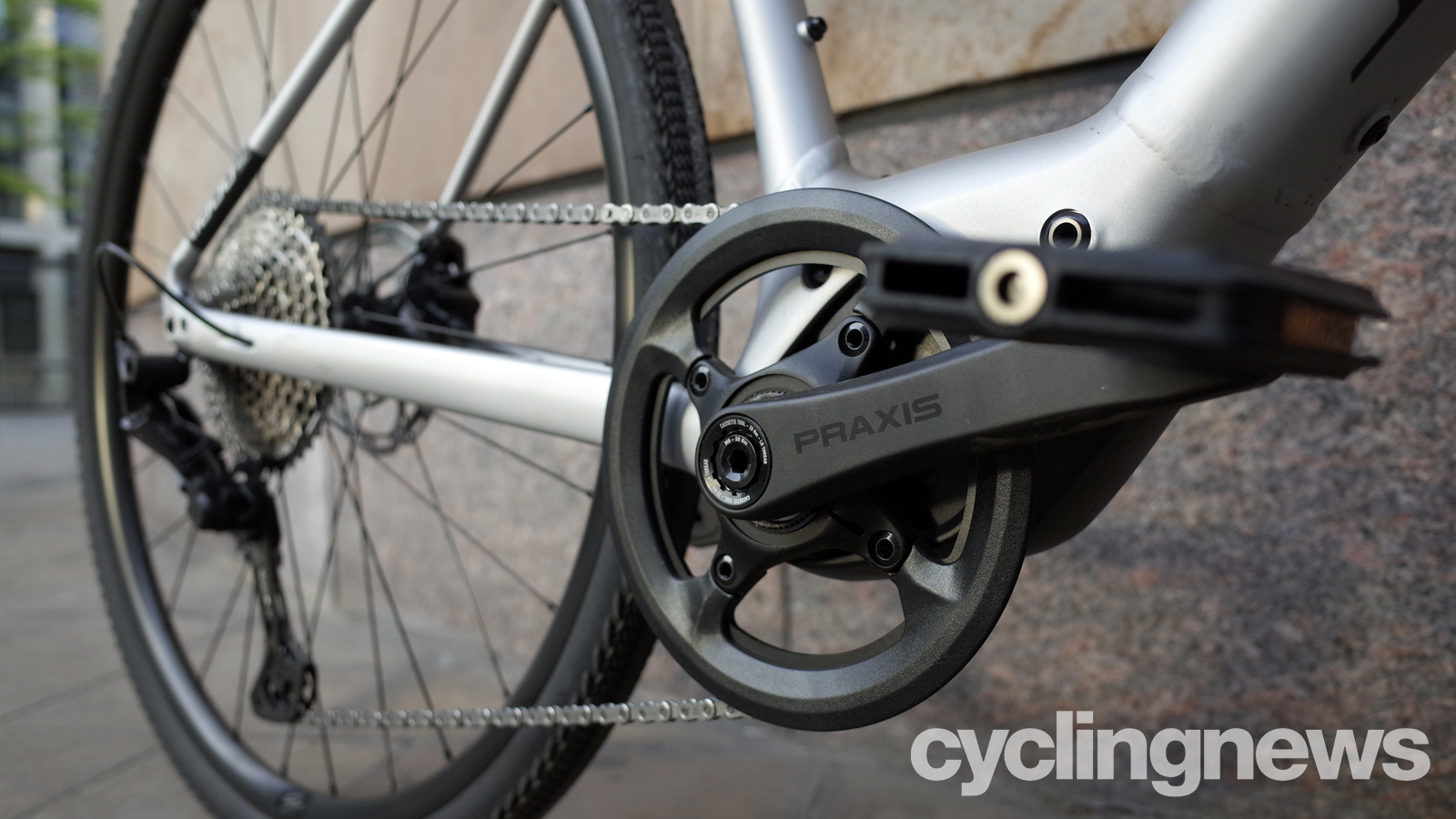
Whereas, for example, the Specialized Turbo Vado SL e-bike has 35Nm torque output and a 320Wh battery, the Turbo Vado has a 720Wh battery to power its 90Nm motor over a similar total range. The Turbo Vado SL requires you to do more work and does less itself, but in exchange drops the e-bike’s weight significantly.
So how fast and how far an e-bike can carry you is as much a function of what it’s permitted to do as what it’s capable of. Keeping speeds in check makes sense from a safety aspect, to ensure that pedal-powered cyclists are safe travelling alongside e-bike riders. If you want to go faster, you’re either going to have to pedal harder or mix it with the moped riders.
Paul has been on two wheels since he was in his teens and he's spent much of the time since writing about bikes and the associated tech. He's a road cyclist at heart but his adventurous curiosity means Paul has been riding gravel since well before it was cool, adapting his cyclo-cross bike to ride all-day off-road epics and putting road kit to the ultimate test along the way. Paul has contributed to Cyclingnews' tech coverage for a few years, helping to maintain the freshness of our buying guides and deals content, as well as writing a number of our voucher code pages.